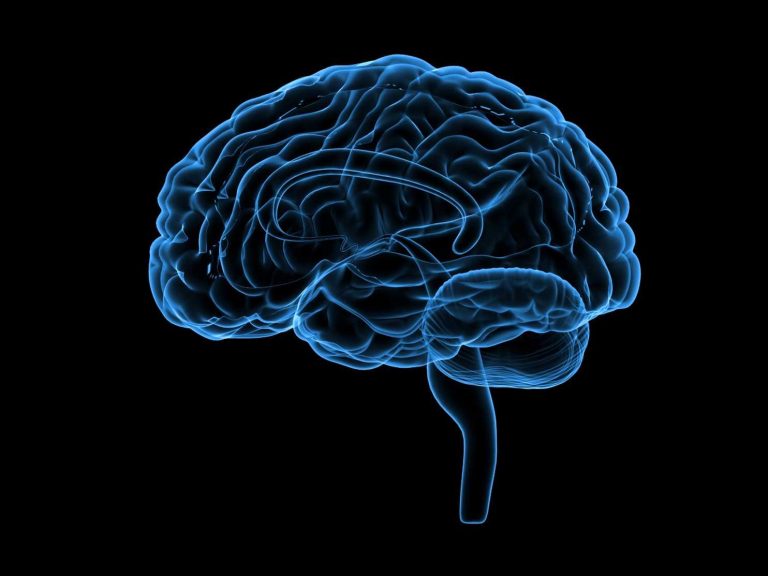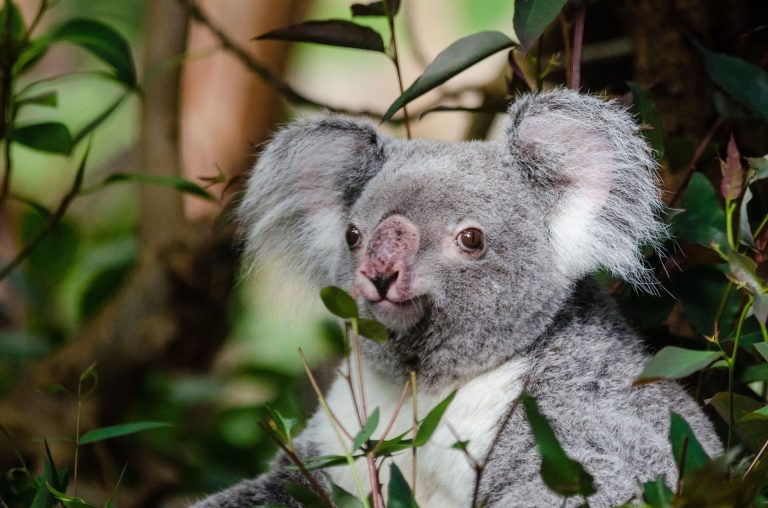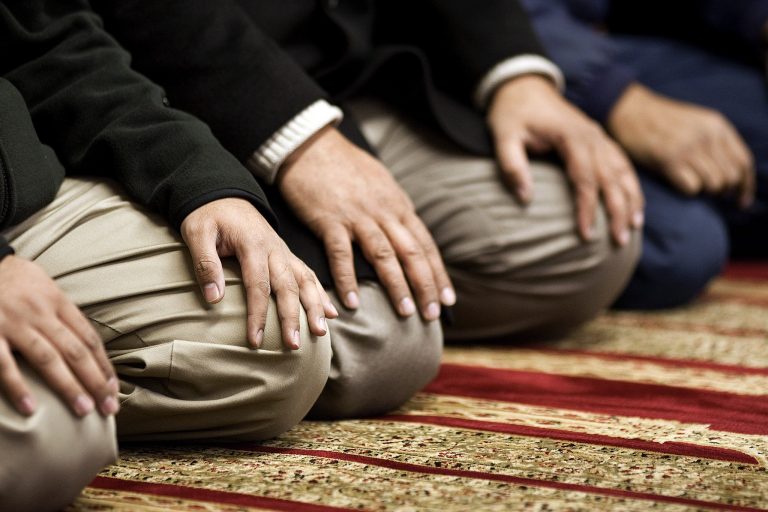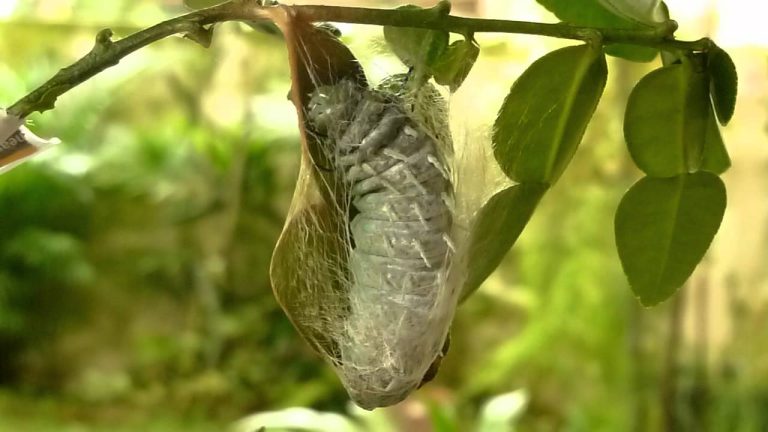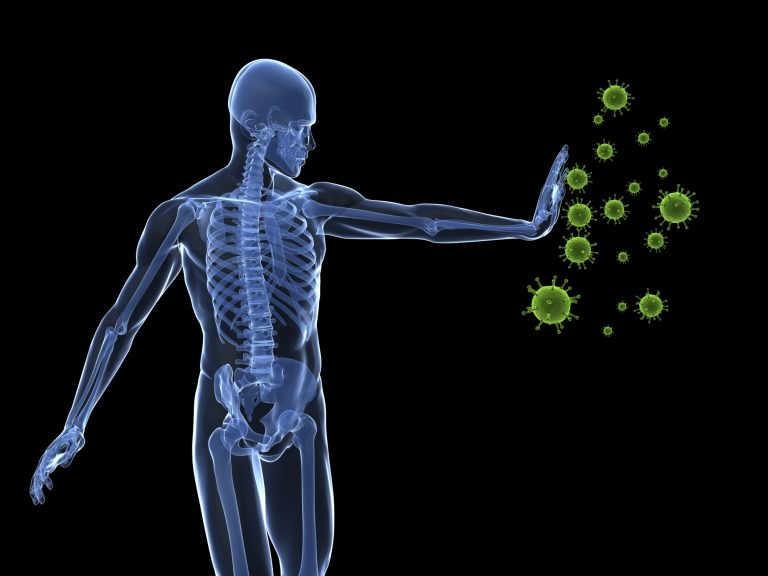Islamic Perspective on Animal Welfare
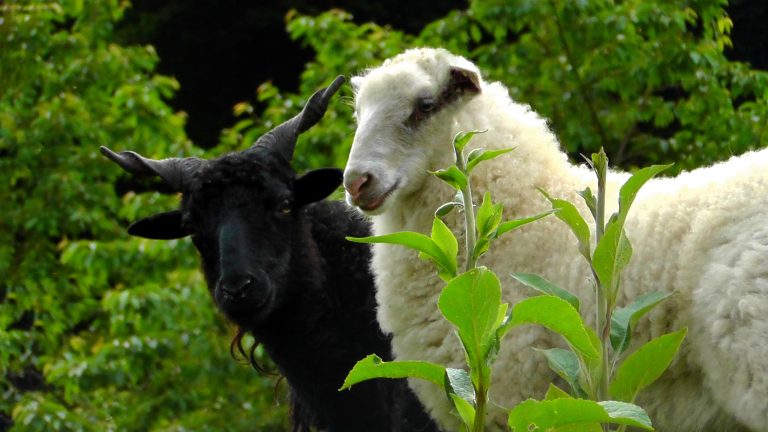
According to Census of Marine Life scientists, there are an estimated 8.7 million living species on earth, and yet the Qur’an teaches us that humans are the highest of creation. With this elevated status comes an elevated responsibility. This responsibility encompasses not only how we treat our own bodies, actions, and interactions with each other, but also how we treat other creations such as animals. Yes, animals have rights and a legitimate place in Islam.

